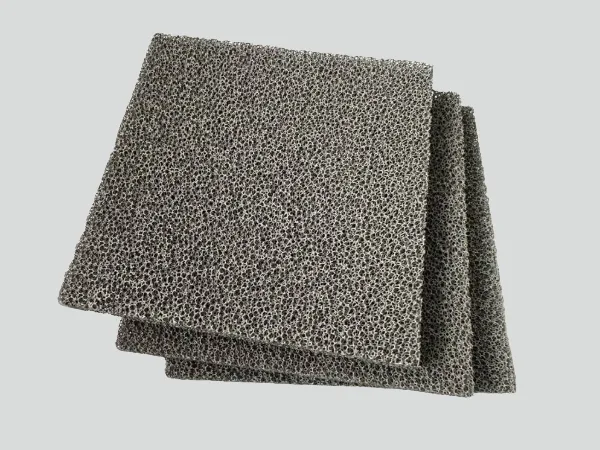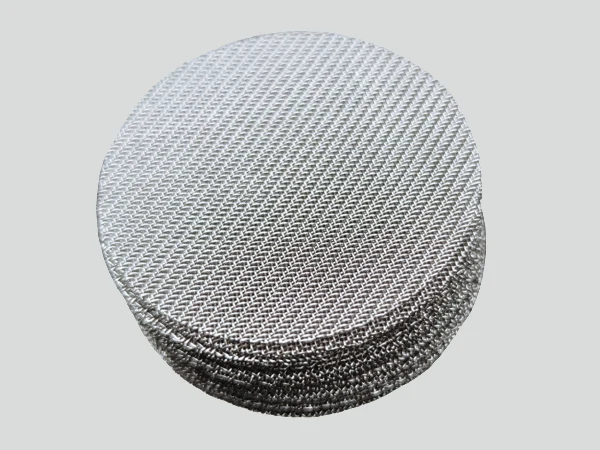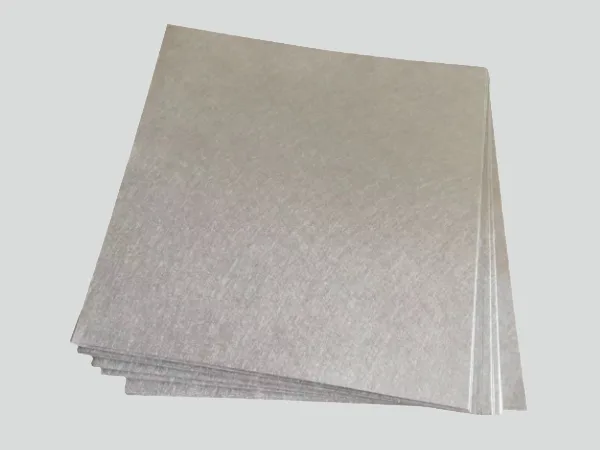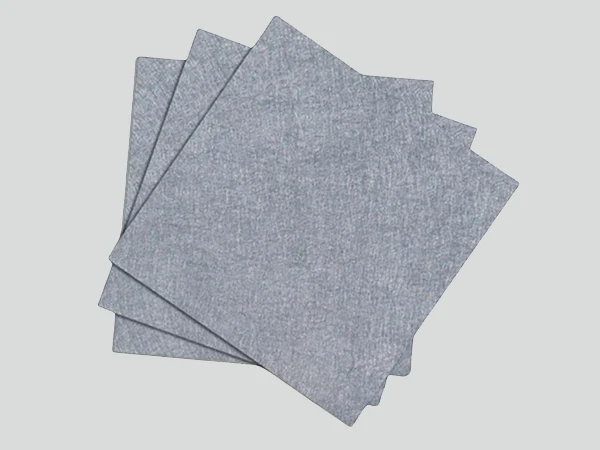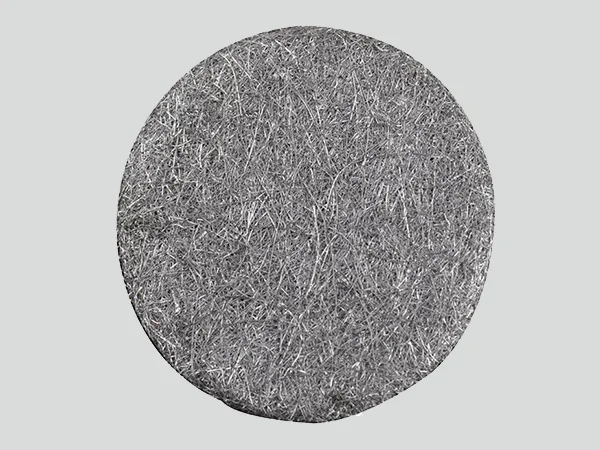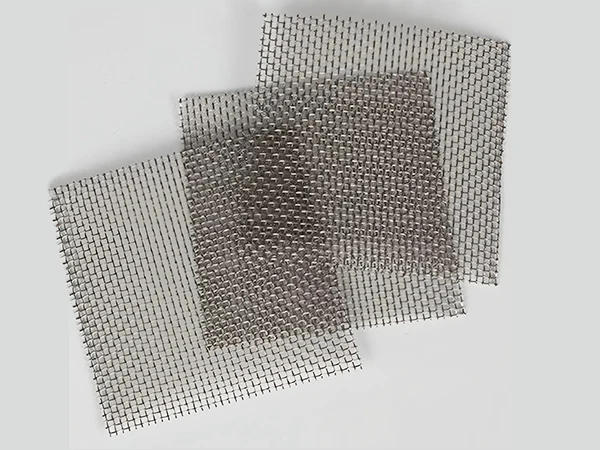Nickel Foam: The 'Expert in Hydrogen Production' with a Three-Dimensional Porous Structure
Nickel foam is a three-dimensional porous material with a porosity exceeding 90%, resembling a sponge, with pore sizes adjustable to the micrometer scale. Its unique honeycomb structure not only provides an exceptionally large specific surface area but also exhibits excellent electrical conductivity, thermal conductivity, and mechanical strength, making it suitable for various electrochemical systems that require high surface reaction activity.
In electrolytic hydrogen production, nickel foam can significantly enhance the gas evolution rate and reaction efficiency, and it is widely utilized in hydrogen energy devices, nickel-hydrogen batteries, and lithium-ion electrodes. However, its preparation process is sensitive to oxygen and impurities, and its relatively high cost remains one of the technical challenges in the industrialization process.
Nickel Woven Mesh: A high-Efficiency Conductive Material with a Controllable Structure
Nickel woven mesh, constructed from high-purity nickel wire (Ni ≥ 99.5%) through precision weaving, is available in square and rectangular apertures, featuring a uniform structure and customizable dimensions. It exhibits excellent electrical and thermal conductivity, effectively reducing resistance and increasing current density during electrolytic hydrogen production, thereby accelerating the hydrogen production rate.
Nickel woven mesh also delivers good corrosion resistance and flexibility, along with excellent processing capabilities. Despite a certain risk of oxidation in high-temperature and high-humidity environments, nickel woven mesh is widely utilized in the fields of chemical filtration, electroplating electrodes, and electronic thermal management. It is one of the commonly used and efficient electrode materials in electrolytic systems.
Nickel Sintered Felt: High-performance Microstructure Material
Nickel sintered felt is made from micron-level high-purity nickel fibers, forming a three-dimensional mesh structure through a specialized laying process and high-temperature vacuum sintering, with adjustable porosity. It possesses excellent electrical conductivity, electrolyte adsorption, and mechanical strength, capable of maintaining stable operation at high temperatures of 400–600 °C, making it an ideal diffusion layer material in AEM electrolytic cells. Despite its high manufacturing cost, processing difficulty, and potential surface passivation during operation, it is widely used in high-end fields such as green hydrogen production, catalysis, batteries, and sensors due to its outstanding electrochemical performance and corrosion resistance.
Titanium Sintered Felt: The 'Electrolytic Guardian' in Extreme Environments
Titanium sintered felt made from fine titanium fibers sintered into a three-dimensional porous structure with high porosity and uniform pore size, it possesses excellent corrosion resistance and chemical stability, capable of maintaining stable operation at 600–800 °C.
Its structure facilitates electrolyte penetration and gas evolution, making it particularly suitable for strong oxidative or alkaline environments, often used as a diffusion layer or conductive material on the anode side of PEM and AEM electrolytic cells. Although it is relatively costly and still poses some corrosion risk under extreme conditions, its reliability makes it widely used in the fields of chemical engineering, aerospace, and healthcare.
Stainless Steel Sintered Felt: A Cost-Effective, Versatile Material
Manufactured by compressing and sintering fine stainless steel fibers, stainless steel sintered felt features a uniform structure with controllable porosity, combining mechanical strength with electrical conductivity, making it suitable for most electrolytic hydrogen production environments.
Its porous structure promotes even electrolyte distribution and gas evolution, ensuring stable operation and high cost-effectiveness. Although slightly less conductive than nickel-based materials and prone to surface oxidation, it remains a reliable choice for hydrogen production systems with proper periodic maintenance.
Stainless Steel Woven Mesh: Stable & Durable Structural Support
Stainless steel woven mesh woven from stainless steel wire, it features a robust structure, diverse specifications, and excellent compressive strength and corrosion resistance.
Although its electrical conductivity is not as high as nickel-based materials, it has been widely used as structural support and an auxiliary conductive layer in various industrial electrolytic devices.









